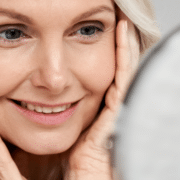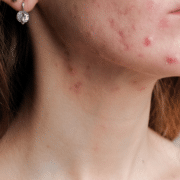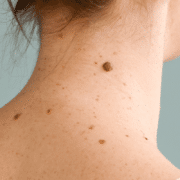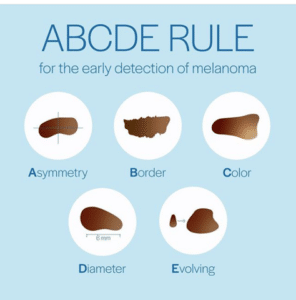Considering a cosmetic procedure? Tips on choosing the right specialist.
Cosmetic procedures have grown in popularity in the past few years, especially because of their destigmatization through social media. According to a 2017 American Society for Dermatologic Surgery survey, the patient population considering cosmetic procedures has more than doubled.
The most popular cosmetic procedures performed are light and laser therapy, facial rejuvenation injections, chemical peels, and body sculpting. When considering cosmetic procedures, it is essential to make sure that these procedures are being administered by a dermatologist and medical team who have the right education, expertise and track record in the field.
What is a Cosmetic Dermatology Professional?
Cosmetic dermatologists and medical professionals possess a unique blend of artistic skill and medical expertise. These experts are equipped to identify and manage any adverse reactions. Their specialization lies in enhancing aesthetics.
Expertise Matters
The success of cosmetic treatments hinges on the expertise of the dermatologist and the medical team. Cosmetic dermatology professionals receive specialized education and training in cosmetic procedures.
Personalized Consultations
You and your needs are unique. Seek cosmetic dermatology professionals who prioritize understanding your individual needs. Our dermatologists and medical team will work with you to develop a tailored approach for your specific concerns and goals.
Experience Matters
Experience is vital when selecting a cosmetic dermatology medical professional. Look for practitioners with successful treatments relevant to your skincare needs. Choose someone with proven expertise in enhancing skin health and appearance and a track record of successful outcomes.
Treatment Offerings
Align the experience with the treatments offered by the cosmetic dermatology team. Select experts well-versed in the various procedures you are considering, such as laser therapies, fillers and injections.
Choosing the right dermatologist and medical professional to perform your cosmetic procedure is essential for achieving your skincare goals. Prioritize expertise, experience, and personalized consultations to find the best professional. Our team of experts are ready to help you achieve your goals. Make an appointment with us today!











